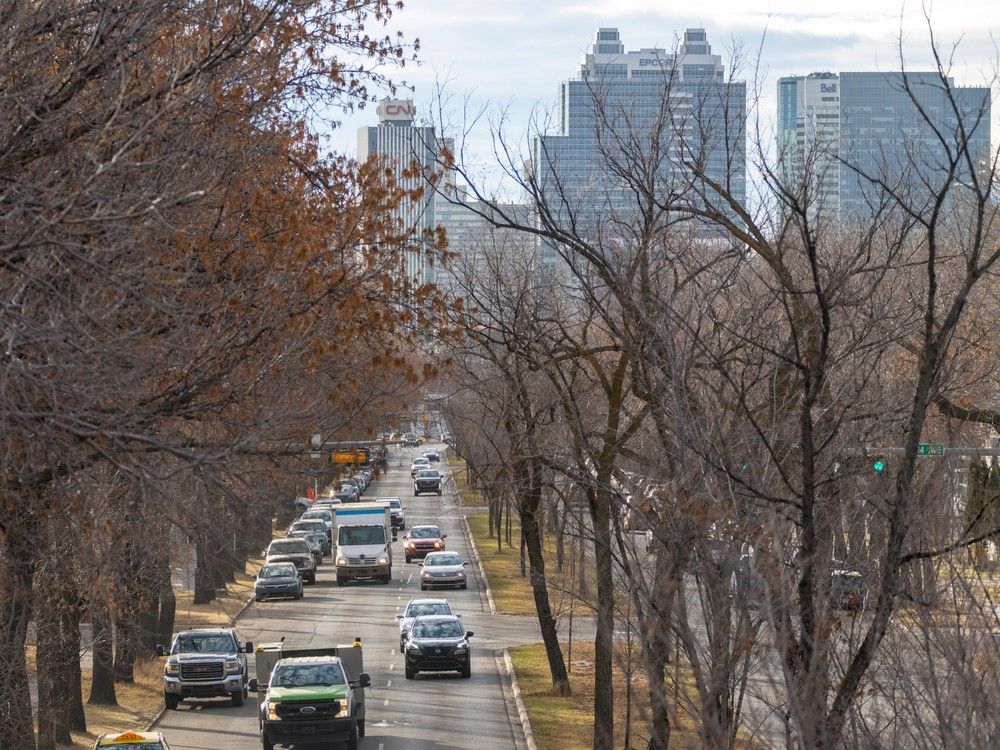IanO
Superstar
City numbers folks, not CMA (which are misleading to no end).
Both numbers are used by the Feds for funding and for regional/city economic development.City numbers folks, not CMA (which are misleading to no end).

That was well worth the watch. Thanks.
Edmonton talked about in new Reallifelore youtube video starting at 4 min. mark. Pretty interesting topic actually about migration and settlement of province due to geographic factors


“Last year, Edmonton brought in almost 33,400 international migrants. That is, I believe, a record,” Wiebe said.
Interprovincial migration is another recent success story for Edmonton. Although between 2016 and 2021, Edmonton lost people to other provinces over six straight years, the trend reversed in 2022, with more than 8,900 migrating from other provinces. Numbers for 2023 are forecast to be almost as strong, around 8,600, Wiebe said.
Last year, 3,057 people moved to Edmonton from elsewhere in the province — the 20-year average has been 3,159 per year — and that number’s expected to go up about 50 per cent this year.
Then there’s the GDP. Last year, Edmonton’s GDP rose almost five per cent.
And that is on top of natural growth, which should be at around 1%. All in c we're looking at roughly 50k more people in 2023, and I doubt the trend will slow.
Bullish on YEG: Edmonton attracts nearly 33,400 international migrants in 2022
In the two decades between 2002 and 2021, Edmonton averaged 10,743 international migrants a year, making 2022 triple that of the 20-year average.edmontonjournal.com
Honestly, I'm extremely optimistic at the population growth we've been getting, and it seems like the 40,000 number that Councillor Knack provided was pretty on the mark. The floodgates have opened, and Edmonton better be ready to welcome this new normal. I'm hoping this drives more development because this level of growth will quickly overwhelm our housing and rental stock if we're not careful.
Yeah, it's quite funny for me to see the ads about "District Plans to 1.25 million" all around the city when we're hitting that milestone in 3-5 years. I feel like within a decade or two, the city should start planning for the 3 million milestone.And that is on top of natural growth, which should be at around 1%. All in c we're looking at roughly 50k more people in 2023, and I doubt the trend will slow.
At the current rates, we'll probably be hitting the 1.3M in the city proper by late 2025/early 2026, and 1.7M by the end of the decade. I wouldn't be surprised if the actual numbers were higher, especially as interprovincial migration increases and Calgary becomes more and more expensive. It wouldn't shock me if we hit closer to 1.8M by 2030. I feel like we'll definitely reach 2M WAY before the originally forecast of 2040. My bet is 2032.
It's crazy to think that when I first moved here, in 2019, the CMA hadn't hit 1.4M yet.
I can confirm the second point, we've become a true destination for several immigrant communities (India and the Philippines) rather than a niche target, and those two are the largest immigrant cohorts in the country right now. I'm sure we're going to reach that point for other immigrant communities as well, but I'm confident that we've crossed the Rubicon for that. No matter the economic conditions, we'll be getting a decent share of immigrant arrivals.As excited as many are about the growth (myself included) I would caution against making predictions for growth too far out. Immigration plans may change, oil prices could go one way or the other, economy, other real estate markets in Canada, etc...
I will admit though it is interesting to wonder if Edmonton will be hitting a point where it becomes a true destination for immigrants as opposed to a secondary or niche option as it may have been in the past.
I am not particularly worried about the housing stock existing & future being able to handle it. The question is can the central areas gain some real momentum as a destination for people to live.




